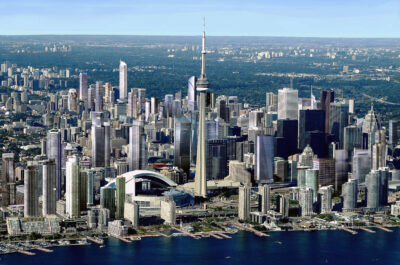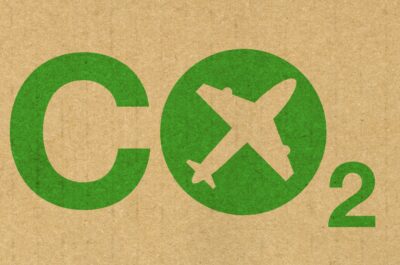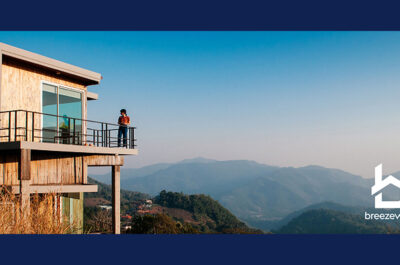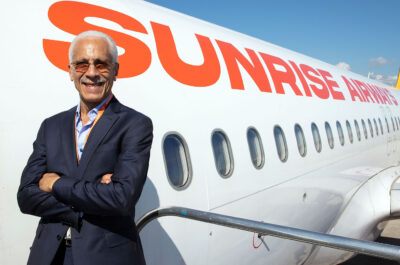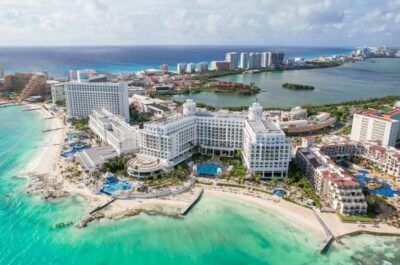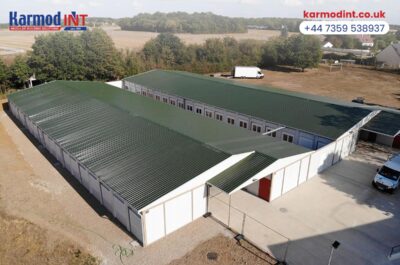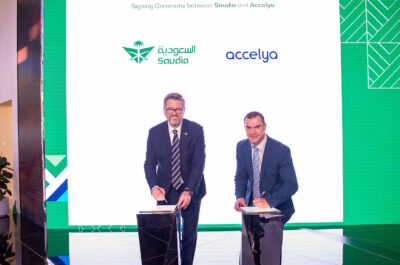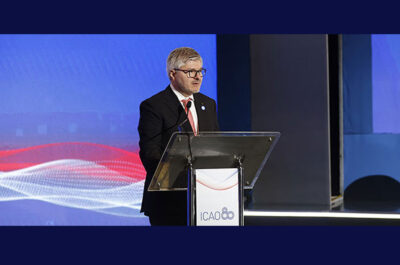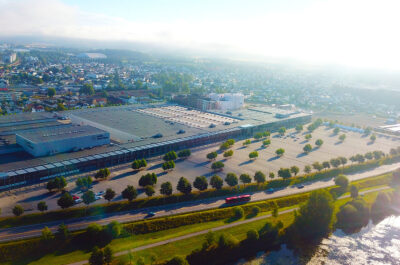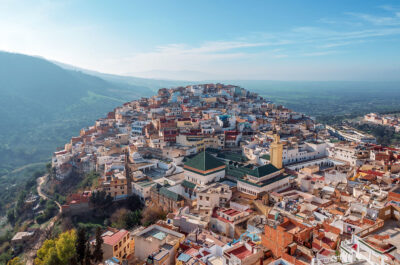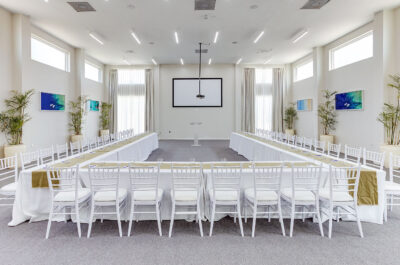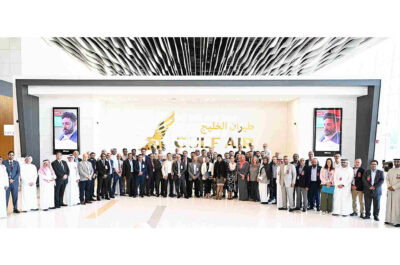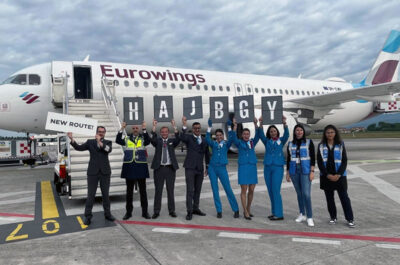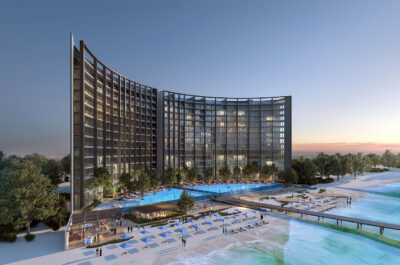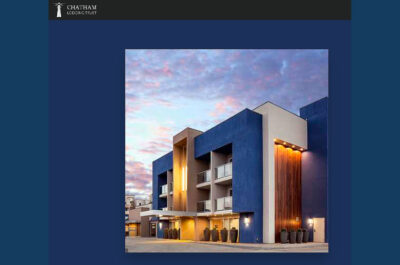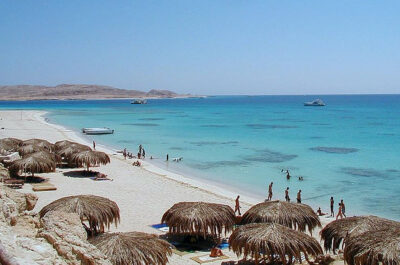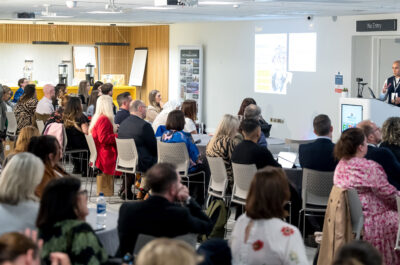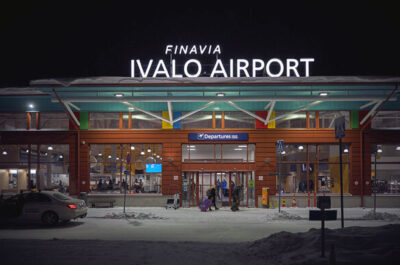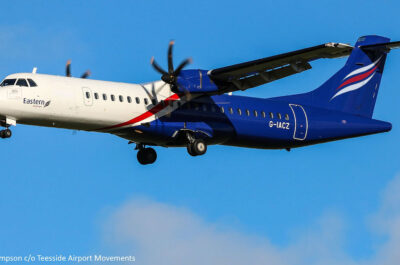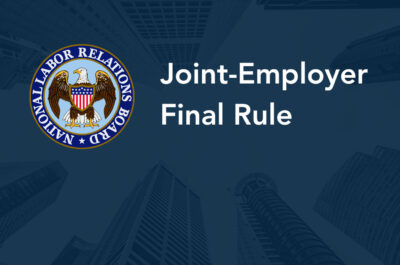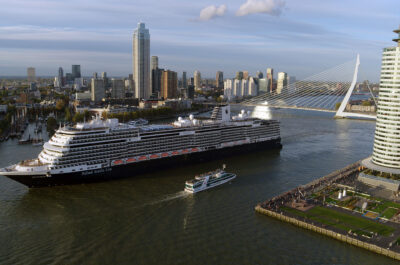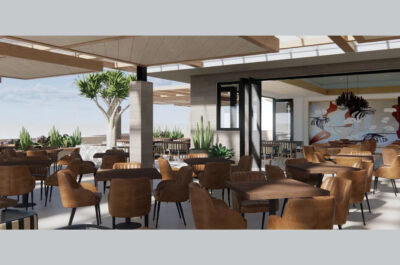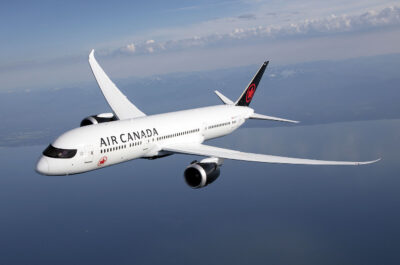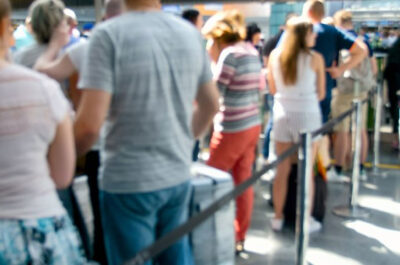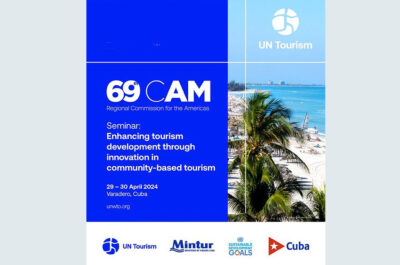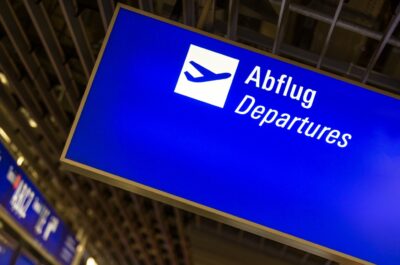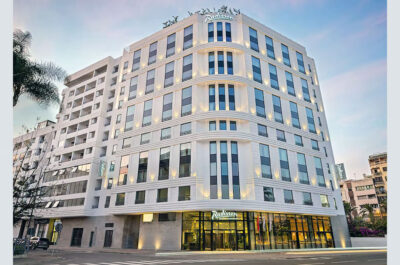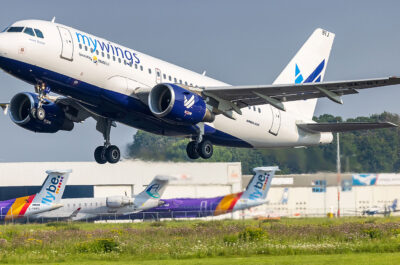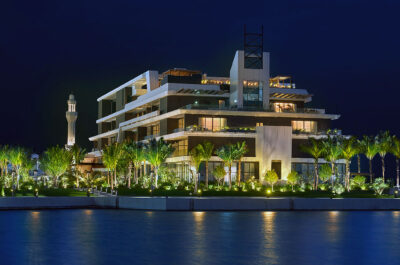India’s hotel industry posted performance improvements in year-end 2010 results compared to the year prior, according to data from STR Global, the leading provider of market data to the world’s hotel industry. Increases in occupancy have generally outweighed the falls in average daily rate (ADR), resulting in improved revenue per available room. RevPAR for India as a whole was up 6.2 percent during 2010 compared with 2009…

India’s hotel industry posted performance improvements in year-end 2010 results compared to the year prior, according to data from STR Global, the leading provider of market data to the world’s hotel industry.
Increases in occupancy have generally outweighed the falls in average daily rate (ADR), resulting in improved revenue per available room. RevPAR for India as a whole was up 6.2 percent during 2010 compared with 2009, led by individual RevPAR gains in Goa (11.4 percent), Delhi (8.1 percent) and Chennai (7.4 percent). Only Hyderabad saw a RevPAR decline, due mainly to the addition of significant supply which limited occupancy gains.
The 2010 gains are tempered by the fact that 2009 comparison figures were weak and rates in particular have fallen from a very high base point. To more realistically assess the state of the Indian hotel market, one should compare current performance with that of the most recent peak during 2008, before the global financial crisis.
The chart below clearly shows the ground that needs to be made up when compared to 2008, particularly with regard to rates. ADR in Bangalore during 2010 lags that of 2008 by 37.34 percent. For Mumbai, the difference is 30.33 percent. Chennai, Delhi and Hyderabad all saw ADR decreases of 20 percent or more since 2008.
Certain specific situations warrant further attention, namely the Mumbai bombings of November 2008 and the staging of the Commonwealth Games in Delhi in October 2010. In Mumbai, year-on-year occupancy was already in double-digit decline for each of the six months before the bombings, which then accelerated to a fall of 47.5 percent during December 2008. This was followed by double-digit declines in occupancy until July 2009, with occupancy gains arriving a year after the incident. Nevertheless Mumbai is a major tourist hub and the most popular point of entry for foreigners.
Mumbai’s demand in terms of occupied rooms grew by 14.5 percent for 2010 over 2009 with 11 out of 12 months during 2010 showing double-digit, year-on-year growth.
Meanwhile, Delhi’s hosting of the Commonwealth Games proved beneficial to the economy, but the impact on hotel performance was muted. Actual occupancy of 73.4 percent for the month of the games (October 2010) was down 1.2 percent compared to the previous year. In the face of this, hoteliers managed to improve year-on-year ADR by 14.9 percent.
Many commentators have seen the fall in rates as a long overdue correction, and pressure is likely to remain acute for some time given the increase in supply. The Pipeline Report from STR Global shows more than 46,000 rooms due to open before 2015, representing a 30-percent increase in current branded hotel stock in the market.


